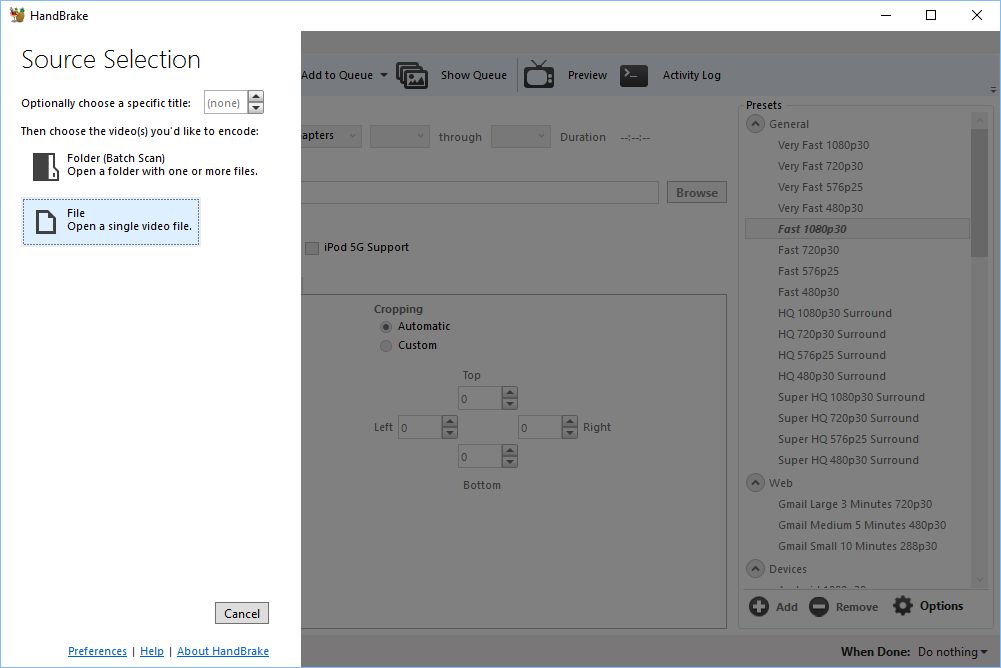When posting a publicity news release with video, a simple video-only release, or adding a video to a MySHOOT reel, NDS, or SPW, SHOOT recommends uploading 740p .mp4 files and not to use the video sharing link method. This is not hard to do and eliminates the risk of having a shared YouTube or Vimeo video, used in a release, going black and saying “Sorry” because the source video file was removed or made private without notification to you and/or the third party website(s) sharing the video (like SHOOTonline & other sites you have posted it to.)
Using YT and Vimeo sharing links is easy for sure but can cause unnecessary problems afterwards because they may get pulled over time for various reasons by YT, Vimeo, or the user who posted the source video on YT or Vimeo and keep in mind SPW releases are public for years and part of “The Industry Database of Record” forever. And when a video is taken down on YT or Vimeo, for whatever reason, the video player in a SPW release or in a MySHOOT Reel (or any other web page in world video shared with) goes black with a little “Sorry” message from YT or Vimeo. It’s standard procedure. It usually happens without warning and (for now) can’t be detected by the website(s) sharing the video unless actually looking at the page itself. Also, sometimes the third party has posted their video on YouTube or Vimeo and made it “Private.” Meaning it has to be viewed on YT or Vimeo. Unfortunately a lot of times, the third party doesn’t realize that this URL, if it’s been used as sharing link, will not work on external third-party sites again triggering a “Sorry” message in the player appearing on third party website where video attemped to be shared on. Also, over time site coding standards change affecting video sharing. For example, not long ago both vimeo and YouTube share links were unsecure (http) then they and other sites, like SHOOTonline.com, started going all secure (https.) But the http embed code on third party websites was not changed when source site made upgrade to secure (https.) This simple change disallows unsecure (http) video embeds to render on https pages without manually tweaking the URL by adding an “s.” A lot of those shared videos posted in the past, from YouTube and Vimeo before the move to https, are now white or black boxes on webpages in websites all over the world.
By uploading an mp4 file you retain control over the video in your post. And if, for what ever reason, it has to come down (i.e. be pulled) you will know about it before it’s taken down and have time to figure out a workaround to replace it without readers of your post ever seeing “Sorry” and wondering what happened and why?
Here’s how to do it:
STEP 1: Download the video file off Vimeo or YouTube to your local machine. Get 4K VIDEO DOWNLOADER ( a free, easy to use Open Source program located here: https://www.4kdownload.com/downloads/34 ) to offload mp4s from YT or Vimeo by inputting the URL of the video page.
STEP 2: In the video upload form instead of placing URL into “Sharing” field choose the Video File Upload field to upload the .mp4 file now saved on your local machine from STEP 1.
Note: For SHOOT sites the .mp4 video file must be less than 100 megs. See STEP 3 if you’ve downloaded .mp4 file larger than 100 megs. There’s no need to use HANDBRAKE if the video file size is under 100 megs which 95%+ of videos usually are if they’re :30 or :60 second pieces.
STEP 3: To reduce the .mp4 video file size, we recommend HANDBRAKE (a free, easy to use Open Source program located here: https://handbrake.fr/downloads.php ) Once downloaded see screenshot below for recommended settings.
Note: On SHOOTonline, there’s no need to use HANDBRAKE if video file size is under 100 megs which 95%+ of videos usually are if :30 or :60s or trailers. Check a website’s specs before uploading to be sure.
STEP 4: Revisit STEP 2 and you’re done.
Here’s how to use Handbrake:
Step 1: Choose “File” on the Source Selection screen.
Step 2: Use the following settings–
Under Presets, collapse everything but the Legacy category, and choose “Normal”.
Under Destination click browse to choose where you want to save your file, and don’t forget the .mp4 file extension.
Under the Picture tab, (this is the only one you need to worry about) set a width of 640.
Click on Start Encode and you’re done.

